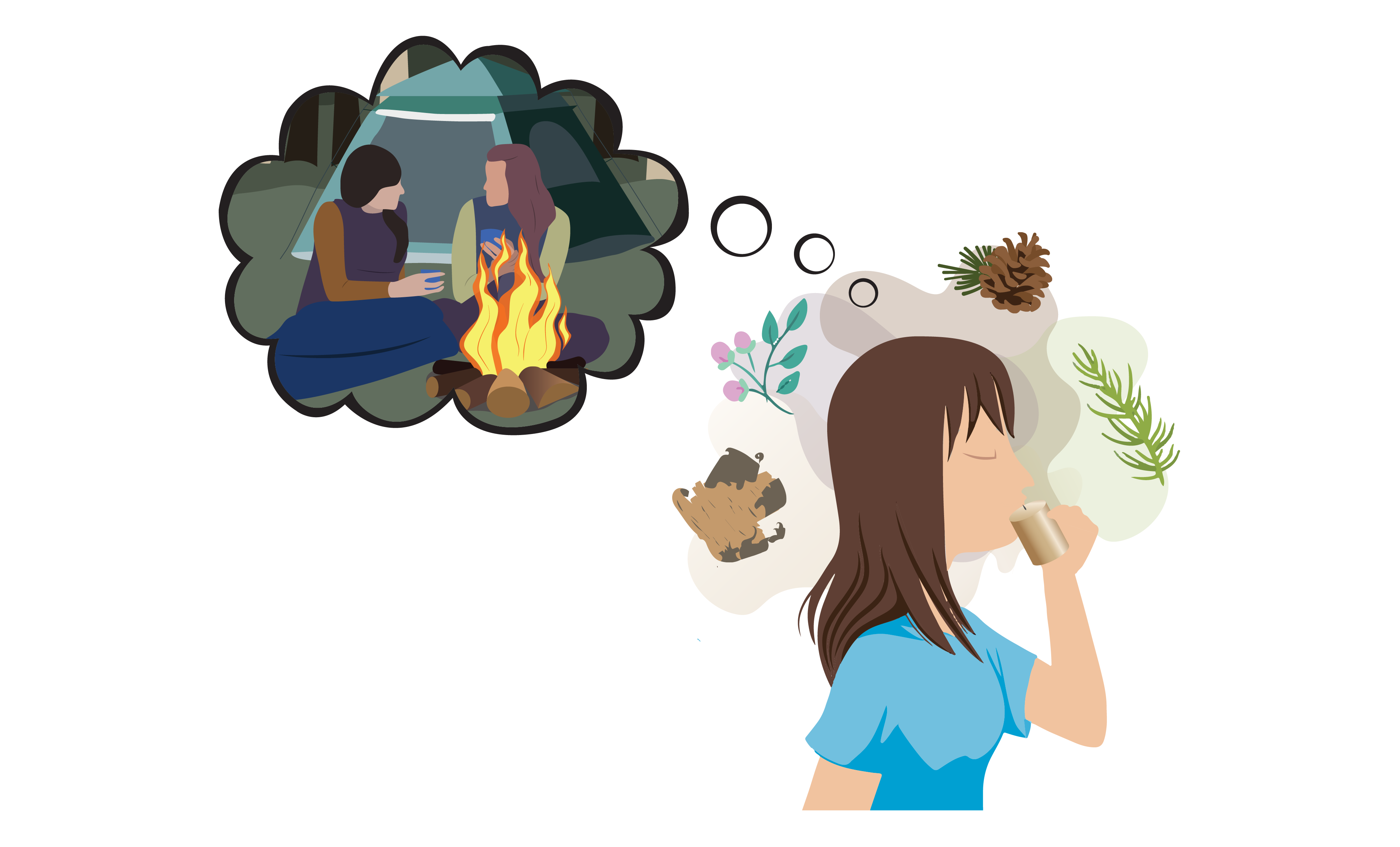
6.1 Introduction
Designers often disregard smell, and even more so taste, as elements in product design. This attitude fits into historical and cultural approaches to the senses that still influence us today. Since the time of the Greeks, the distal (or distant) senses of sight and hearing have been considered more important than smell and taste in the western world. Greek philosophers believed that a person mainly perceived objective sensory information through sight and hearing, since they could determine a great deal of information, at less risk, while at a distance from the source of the stimulation (Synott, 1991). They also believed that touch, taste, and smell, the contact or proximal senses, put the perceiver in danger of being too close to make objective observations. Of these latter senses, smell has been ranked as the least informative as it is the sense most closely linked to emotional responses and subjective interpretation (Classen, 2005).
It may be hard to believe that smell is such an inferior sense when you walk into a mall flooded with food court smells or when you visit a real estate open house that is infused with the smell of chocolate brownies, baked only to associate the place with your fond memories. Today designers and marketers depend on these intimate and subjective olfactory (smell) perceptions to develop customer loyalty, another term for winning potential clients over and keeping them for the long term. The science of sensory marketing is a specialization in product branding where unique smells and tastes are designed and referred to as a product’s signature smell or taste. Examples include a new car smell or the ambient smell of spas and restaurants (Derval, 2010). Sensory marketing is used as a strategic stimulus that connects products and places to people’s emotional memories and preferences (Lindstrom, M. 2005).
Can you think of smells that you associate with certain product experiences?

Smell Memories connect us to the past
Have you ever been surprised by the artificially sweet scent of some kinds of toilet paper or kitchen garbage bags? Or have you ever noticed an absence of smell when you expected there to be one? You may also find it interesting to know that some common elements of our environments have smells you have never noticed, like the smell of the concrete in sidewalks, metal handrails on staircases, or fungus in your water bottle. That smell – the fungus or mildew smell – provides an important warning message and requires action. It is a call for maintenance, which is also an integral activity to consider when designing for product interactions.
Smell and taste often go together; sometimes we are drawn to the smell of certain foods before we eat them, and other times we perceive tastes and smells as an intertwined sensory experience. For example, if you reflect on memories of eating brownies or other chocolate baked goods, you may be able to distinguish between the smell of the chocolate and its taste. In this chapter, we acknowledge the sophistication of the food design industry in applying techniques to heighten gustatory (taste) sensations, but the focus is more on introducing ideas about designing for products that are enhanced with smell and taste features. We explore how they work together as well as how each of these intimate senses work on their own. We begin by discussing smell and follow by discussing taste because of their close relationship.
This chapter introduces some of the key concepts that designers should be familiar with when considering smell and taste as multi-modal layers in product design. In this chapter you will learn:
- Insights into the biophysics of smell (olfaction) and taste (gustation).
- Knowledge about the experiences of smelling and tasting, and how they interact with one another to create evocative memories.
- Awareness of the taxonomy for describing smells and tastes, and the limitations related to describing and producing smells and tastes in product design.
- How we are affected by smellscapes and scentscapes.
- Principles of olfactory and gustatory design.
- How the context within which we have smell and taste interactions influences our perceptions and experiences.

